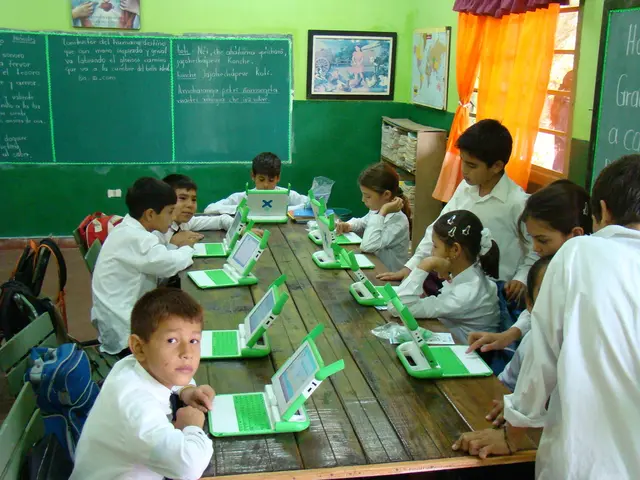Tata, Airbus to Establish India's First Private Helicopter Final Assembly Line
Tata Advanced Systems Limited (TASL) is set to establish India's first private-sector helicopter news Final Assembly Line in Vemagal, Karnataka. The facility will produce Airbus H125 helicopters, marking a significant step in growing India's aviation industry, particularly in civil and defence applications.
The project, a collaboration between Tata and Airbus, aims to deliver the first 'Made in India' H125 by early 2027. Sukaran Singh, CEO and MD of TASL, expressed pride in the company's entry into helicopter manufacturing, while Jurgen Westermeier, President and Managing Director of Airbus India and South Asia, lauded India as an 'ideal helicopter country' and looked forward to this new chapter in their partnership.
The H125, known for its versatility, will be available for exports in the South Asian region. A military version, the H125M, will also be offered with a high degree of indigenous components and technologies. The 'Made in India' H125 is expected to develop new civil and para-public market segments and meet the requirements of the Indian armed forces. This initiative follows Airbus' first aircraft assembly plant in India, the C295 military aircraft manufacturing facility in Vadodara, Gujarat.
The establishment of the H125 FAL in Karnataka is a strategic move that will strengthen India's aviation industry, particularly in helicopter manufacturing. It will not only support the growth of civil and defence applications but also create new market segments and opportunities for exports in the South Asian region.
Read also:
- chaos unveiled on Clowning Street: week 63's antics from 'Two-Tier Keir' and his chaotic Labour Circus
- Budget discrepancy jeopardizes highway projects' financial support
- Racing ahead in Renewable Energy Dominance: Changzhou, Jiangsu Pushes for Worldwide Renewable Energy Ascendancy
- Renault Group to Discuss Decarbonization and Circular Economy Strategies at ChangeNow 2023 Event







